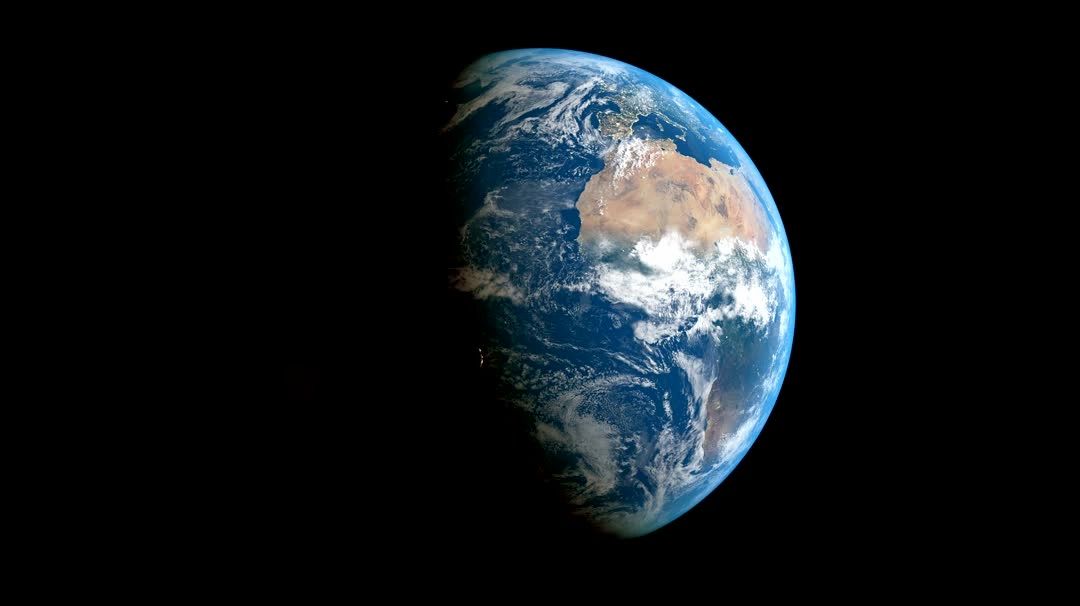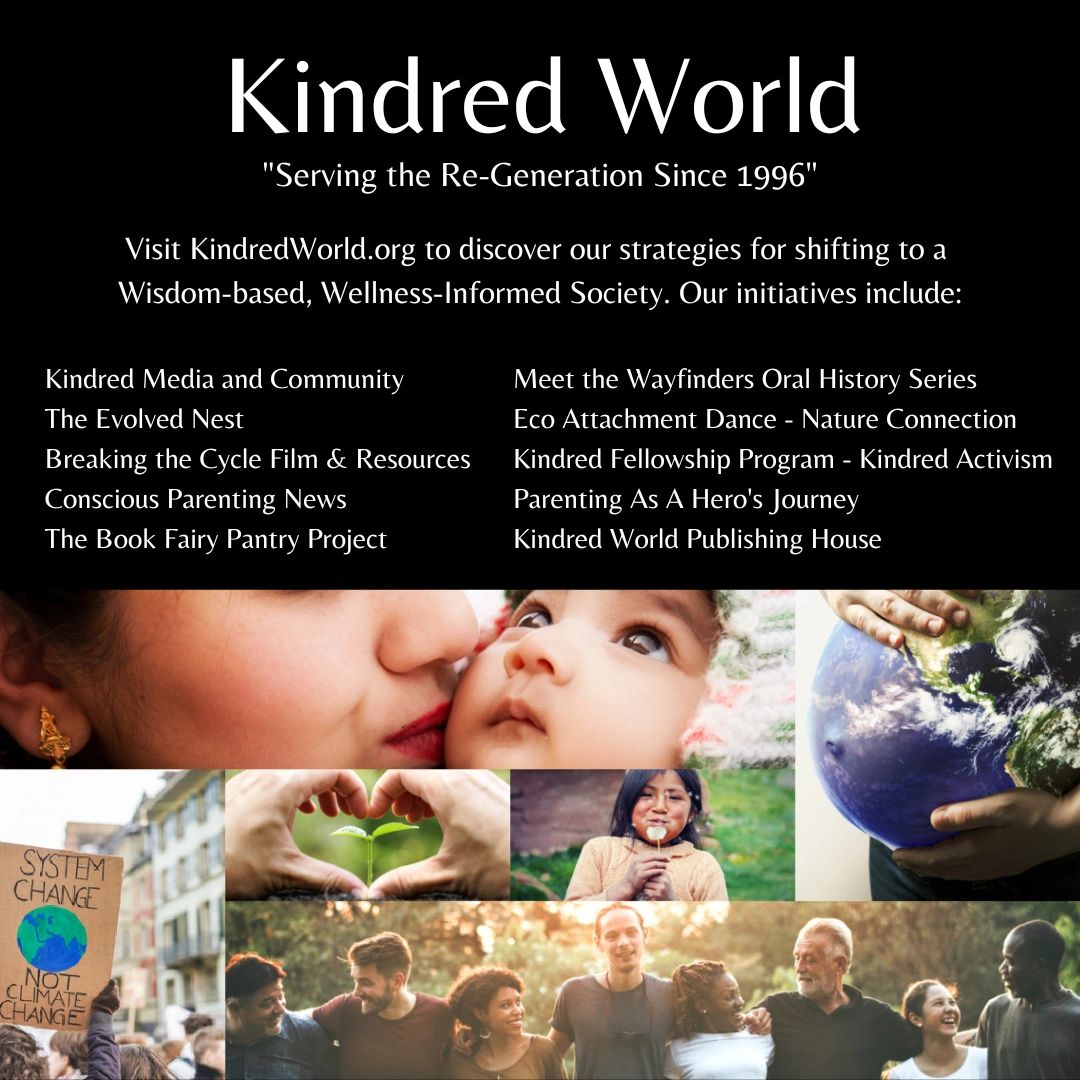
The Worldview Literacy Project
A Kindred World Educational Research Project
The Worldview Literacy Project
A Kindred World Educational Research Project

A Kindred World Educational Research Project
A Kindred World Educational Research Project

"To shift from the dominant worldview to the original Indigenous worldview takes some 'decolonizing' of the mind. Our minds have been suckled on the milk of civilization’s domination and coercion of life with industrialization and capitalism increasing disconnection and alienation from earth consciousness." – Four Arrows

Learn more about the 28 precepts introduced in the Worldview Chart in the book, Restoring the Kinship Worldview, by Four Arrows and Darcia Narvaez. This book was selected as one of the “most thought-provoking, inspiring and practical science books” by UC Berkeley’s Science Center for the Greater Good.
Discover audio and video podcast discussions on our resource page.

Download a free copy of the Worldview Literacy Chart in color or black and white.
The Worldview Chart is also provided in Spanish and German.
Please read Four Arrows guidance on How To Use the Worldview Chart and Seven Considerations for Using the Worldview Chart.

Discover the 90-Day Self-Study and Communal Learning Guide here.
When you have completed your 90-day meditation with the Worldview Chart, take the survey, go here.
Join the Worldview Literacy discussion at Mighty Networks!
UC Berkeley’s Science Center for the Greater Good selected this books as "one of the most thought-provoking, inspiring and practical science books of 2022.” (Read the SCGG's interview.)
“A richly creative approach to teaching Indigenous wisdom...”
— DAVID ABRAM, author of The Spell of the Sensuous
“An invaluable bundle of tenets and templates for the urgent project of decolonizng and rewilding our minds...”
— BILL PLOTKIN, Ph.D., author of Soulcraft
“This book is the perfect place to start the foundations of good relations...”
– TYSON YUNKAPORTA, Deacon U., and author of Sand Talk
“Mahalo Four Arrows and Darcia Narvaez for this collection, this eloquence and grace through time so we can recognize and honor the common sense and purpose of continuity. All of it is needed now. We are all meant to wake up together.”
—MANULANI ALULI MEYER, director of Indigenous education, University of Hawai‘i–West O‘ahu
“A glorious prism of voices calling out to us to imagine a more inclusive and sustainable way of being. I ache for the kind of world that is invoked within these pages.”
—HILLARY S. WEBB, PhD, cultural anthropologist at Goddard College and author of Yanantin and Masintin in the Andean World
“This book is like brilliant sunlight from the past that reaches us now and illuminates our way forward. It’s Indigenous wisdom and more. For we also keep company with Four Arrows and Darcia Narvaez in conversation on how to change the world’s trajectory from one of domination over people and nature to relation, kinship, love, and bounty. To Life itself.”
—PETER H. KAHN JR., PhD, professor of psychology at University of Washington and author of Technological Nature
“As it becomes starkly obvious that our future, and life on and of the earth, are in peril, ancestral Indigenous voices are speaking the only words that can save us. The Kogi Mamas teach that everything is a manifestation of thought and that to listen is to think. Understanding ancestral eloquence is our last and best chance, and these pages can only help.”
—ALAN EREIRA, founder and chair at Tairona Heritage Trust and producer and director of From the Heart of the World
“Restoring the Kinship Worldview provides a much-needed and well-stocked medicine cabinet to begin healing how we think and talk about the suffering of our planet and its struggling inhabitants. Open your mind and heart to its multi-Indigenous balms that are administered through the psalms of elders and a dialogue that leaves us ready to begin anew.”
—HILLARY KEENEY, PhD, and BRADFORD KEENEY, PhD, founders of Sacred Ecstatics

Twenty-eight of these 50 precepts of our Dominant and Indigenous/Kinship Worldview are explored in the book by Darcia Narvaez and Four Arrows, Restoring Our Kinship Worldview: Indigenous Voices Introduce 28 Precepts for Rebalancing Life on Planet Earth
Read the Introduction to Restoring the Kinship Worldview here.
Find the Spanish and German translations of the chart here.
Worldview Chart Study & Survey Participant
Worldview Chart Study & Survey Participant

1. Understand “Worldview”: Consider “worldview” as a set of fundamental, and often uninvestigated, beliefs that manifest in primary aspects of cultures, religions, educational institutions, economic systems, sports, science, and media. Not all individuals within these systems believe all the precepts on one side of the chart or the other, but enough support, tolerate, or comply, whether forced or not, allowing these systems to operate in ways that ultimately reflect either the “Dominant Worldview” or the “Indigenous Worldview.”
2. Distinguish Between Worldviews: The “Dominant Worldview” refers to beliefs that emerged around ten thousand years ago, reflecting human-centeredness and a sense of human superiority over nature. It also generally describes the consequences of colonialization. The “Indigenous Worldview” refers to beliefs that guided humanity for most of our history. It is nature-centered and understands humans to be interconnected partners with other sentient beings that make up the rest of the world.
3. Practical Phrasing of the Contrasting Worldview Precepts: The chart uses well-researched and practical contrasting worldview beliefs to help individuals “walk in balance” by recognizing the degrees to which they engage with the precept. One may believe in the Indigenous worldview precept but still live in ways that help maintain the Dominant worldview precept in life systems. For example, consider the contrasting precept pairs described in #12 on the chart. While an individual may espouse the Indigenous perspective that “words are sacred and truthfulness is essential,” the use of “words to deceive self or others” is a prominent reality in most Dominant Worldview systems listed in #1. For positive transformation, the person studying the chart should do so with honest self-reflection. Acknowledging the degree to which one is engaging or supporting the Dominant side and the reasons for it, and using other related precepts, one can make affirmations for transformation, using trance-based learning (and believing in it as per the Indigenous worldview precept) to actualize it in one’s life.
4. Interconnected Precepts: Many people hold beliefs represented on both sides of the chart in varying degrees. However, the precepts are highly interconnected and ultimately inseparable. One cannot pick and choose a few Indigenous worldview precepts while practicing a number of Dominant worldview precepts to rebalance life systems. Each Indigenous worldview precept must be lived as interrelated for a life system to be considered balanced via the Indigenous Worldview. For example, one may decide to no longer support rigid hierarchy or strict authoritarian control and may begin transformational work with much success. However, if they continue to have low respect for the feminine or see humans as superior to animals, the Dominant worldview is maintained.
5. Non-Binary Thinking: The Indigenous worldview precept about non-binary thinking is crucial for understanding the two sides while realizing the goal of moving toward the proven healthier Indigenous Worldview precept. Seeking complementarity between the two sides is not about acceptance of or compromise with the Dominant Worldview. Rather, it is about understanding the Dominant worldview precepts empathetically and holistically in ways that complement or enhance the ultimate embracing of the Indigenous pathway for rebalancing life systems, always recognizing the tension and potential of the contrasting pairs.
6. Contemporary Indigenous Cultures: Individuals in contemporary cultures we define as being Indigenous may or may not still live according to the original “Indigenous worldview,” depending on the degree of colonization they have suffered. However, where this worldview is still operating in the categories described in #1 above, life systems are proven to be healthier. We define this nature-based, interconnected, non-materialistic, spiritual, kinship-oriented worldview that potentially belongs to all people as “Indigenous” to recognize its “indigenous” (small i) aspect and to recognize the groups most likely to still express it. (See ProvenSustainable.org for contemporary examples).
7. Misappropriation vs. Embracement: While misappropriation of Indigeneity is a real problem, studying, teaching, or embracing Indigenous Worldviews is not misappropriation. The “Indigenous worldview” belongs to all creatures on Mother Earth. With a good heart and being an ally of the remaining First Nations as one can, restoring the Indigenous worldview should be a goal for all of us. Indigenous place-based knowledge, however, can only belong to each of the unique Indigenous cultures or First Nations. To have such knowledge requires fluency in the language, intimate knowledge of traditional ceremonies, generations of handed-down wisdom about local flora and fauna, etc. Saving such cultural knowledge and giving sovereignty to those who have it is a vital goal for everyone.
Our dominant ways of life are guided by an underlying worldview that has been the main driver behind climate change, pandemics and extinction rates. Overwhelming evidence reveals that our original Indigenous, nature-based worldview is an antidote. Supporting and Re-embracing this interconnected way of living is the most urgent course of action we must take.
By Lisa Reagan
This summer, in an effort to bring more clarity and engagement with Kinship Worldview, Kindred World’s board members created the Worldview Literacy Project, featuring an updated and expanded Worldview Chart by Four Arrows. Because we are interested in gathering your experiences and insights – your stories – we provide resources for self-study and community learning as well as a quick SURVEY on the new website, www.WorldviewLiteracy.org.
Four Arrows, co-author with Darcia of the book Restoring the Kinship Worldview, will launch the Worldview Literacy Project in his opening of the Veterans For Peace Convention on August 16, 2024. VFP and Kindred World are proud to announce their nonprofit partnership, made possible with a grant from Fielding University. Learn more about the event and this project here.
Worldview literacy, aka Big Picture perceiving, or metacognition, seems more desirable these days as we are being forced to face planetary meta crises together and, as a result, begin to identify ourselves as one species, one human family. The language and insights from Kinship Worldview and the Evolved Nest support this emergence and its need for coherence.

Are you already a part of the New Story of the Human Family? Share in our work, join our online communities, and follow the unfolding of our vision of a Wisdom-based, Wellness-informed Society in Kindred World's newsletters.
Read more from Four Arrows and learn more about worldview literacy in Kindred's newsletter.

Copyright © 2024 Worldview Literacy Project - All Rights Reserved. An educational research project of Kindred World.
We use cookies to analyze website traffic and optimize your website experience. By accepting our use of cookies, your data will be aggregated with all other user data.